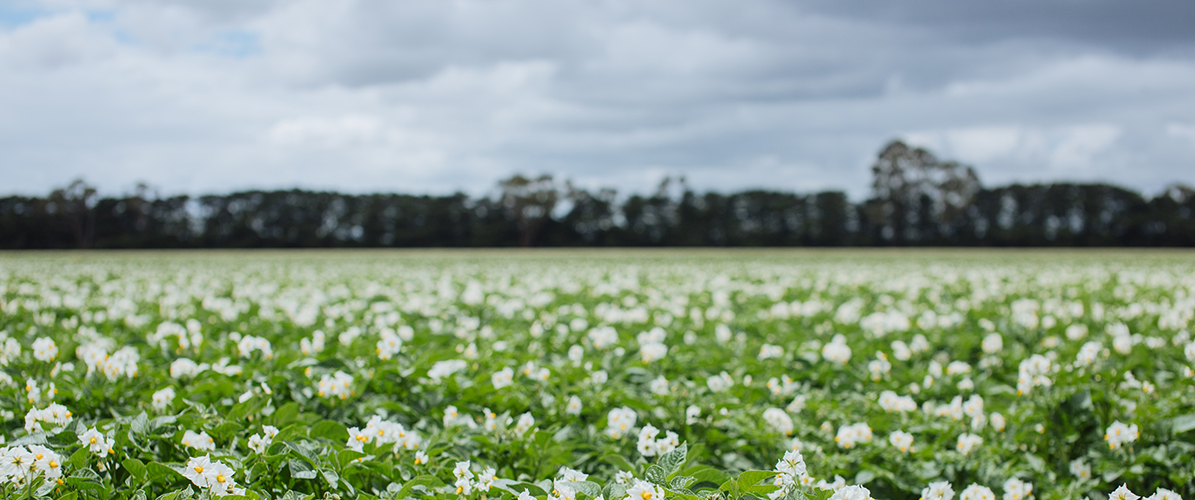February update from AUSVEG National TPP Coordinator
The transition to management (T2M) plan for tomato potato psyllid (TPP) is managed by the Department of Primary Industries and Regional Development (DPIRD) in Western Australia. The funding for the T2M plan is a 80-20 split with 80% from Government (both State and Federal) and 20% from affected industries (that is, potatoes, vegetables and nurseries).
The T2M plan was implemented in September 2017 and is to be completed by May 2018. AUSVEG National TPP Coordinator Alan Nankivell has provided the below update on aspects of the T2M plan.
Update on science research program
The science research program has four specific areas of work in which preliminary results have been released:
- Pre-harvest insecticide trials.
- The preliminary findings suggest that pymetrozine was not very effective in controlling TPP.
- Abamectin was a very effective which confirms overseas findings.
- Cyantraniliprole, flonicamid and spirotetramat were also effective
- Biological Control Agents in both the lab and glasshouse.
- Six species were trialled, three species of ladybird, an anthocorid bug, amirid and a lacewing.
- In the lab a ladybird was a significant consumer of TPP nymphs and adults.
- In the glasshouse the mirid bug appeared to be most effective.
- The initial results indicate more research is required the most suitable biological control agents for TPP in different settings.
- Post-harvest disinfestation
- Preliminary results indicate that low dose methyl bromide have efficacy against TPP eggs, nymphs and adults.
- Native and exotic diagnosis
- There are several native psyllids in Australia which could be confused with TPP.
- To address this an identification key will be developed to classify the different between TPP and others such as onion psyllid, carrot psyllid and Asian citrus psyllid.
The next T2M steering Committee meeting will be held in Perth on Thursday 15 February 2018. For more information, visit DPIRD’s TPP portal or contact Alan Nankivell at alan.nankivell@ausveg.com.au.
Update on preparedness measures for if TPP reaches South Australia, Victoria, New South Wales or Queensland
Since the arrival of TPP in Western Australia last February, industry stakeholders have become aware of the major impact that current regulatory requirements would have on the movement of product (particularly between South Australia, Victoria, New South Wales and Queensland).
As a result, industry stakeholders requested the Chief Plant Protection Officers, through the national Plant Health Committee (PHC), establish movement conditions that would ensure an appropriate level of protection (also known as ALOP) from the spread of TPP whilst ensuring that trade can still continue.
Industry bodies Nurseries and Garden Industries Australia, the Australian Tomato Processing Research Council, and AUSVEG met with the Chief Plant Protection Officers in January to explore the requirements.
After further consideration the PHC has requested a workshop of potato seed growers and accreditation agencies to consider what they would see as the requirements for maintaining product movement whilst ensuring an appropriate level of protection. This group has met via telelink on Tuesday 13 February with the results being reported back to PHC. It is anticipated that the proposed movement requirements will be circulated by PHC shortly following this telelink for feedback and comment.
If you would like to discuss anything noted above, please contact Alan Nankivell at alan.nankivell@ausveg.com.au.
This post appeared in the AUSVEG Weekly Update published 14 February 2018. Subscribe to the Update using our online form to receive the latest industry news in your inbox every week!
| The strategic levy investment project MT16018 – Tomato potato pysllid (TPP) National Program Coordinator is funded by potato processing, fresh potato and vegetable research and development levies and contributions from the Australian Government. Hort Innovation is the grower-owned, not-for-profit research and development corporation for Australian horticulture. |  |

